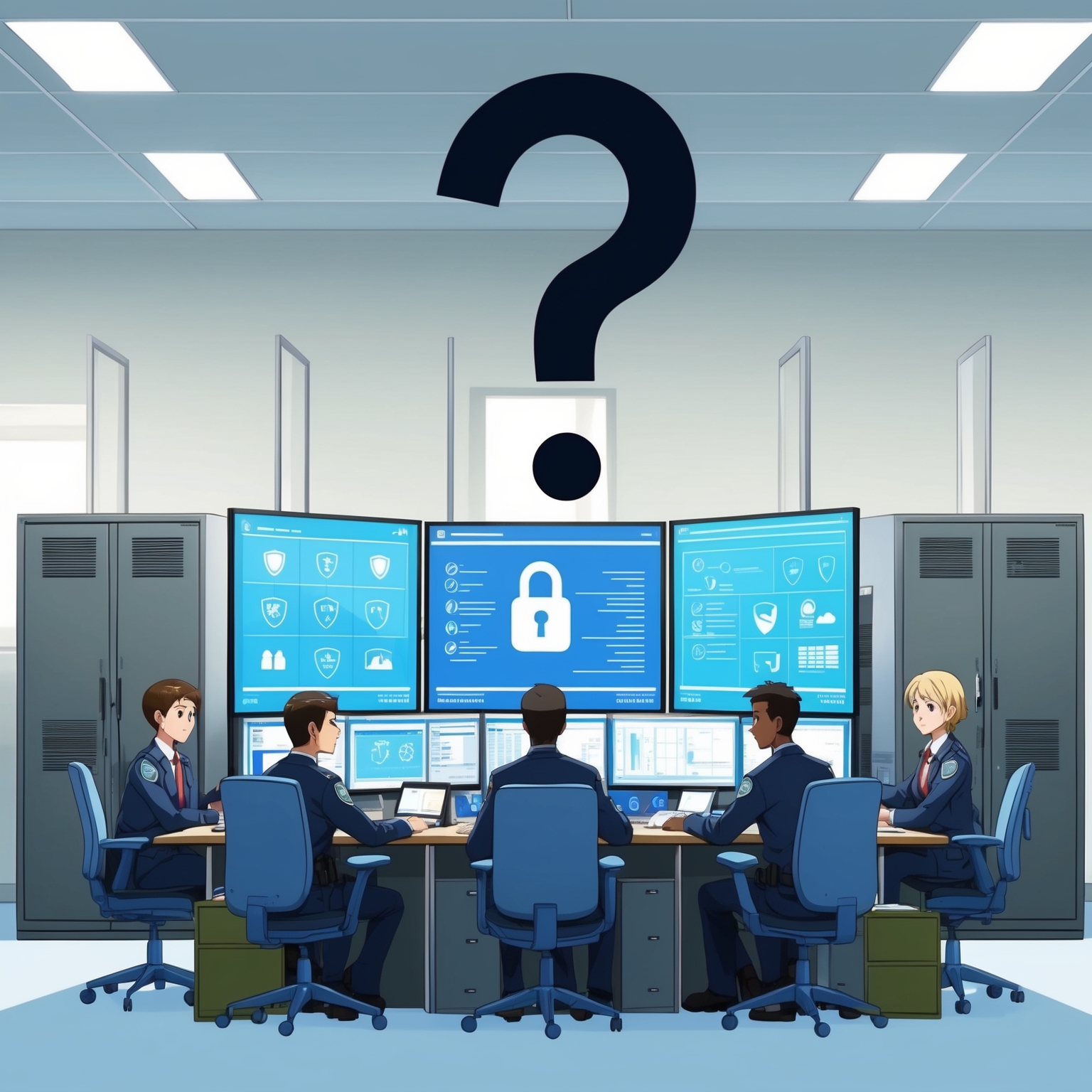Prioritizing Cybersecurity Roles in a Resource-Constrained Environment
Cybersecurity is a non-negotiable priority for organizations of all sizes. However, when resources are limited, such as in startups or small businesses, organizations must prioritize their cybersecurity investments and team structure to maximize impact. This article explores how to rank the importance of key cybersecurity roles based on their criticality to organizational security and how these priorities might shift between small companies and large enterprises.
Understanding the Core Roles
Each cybersecurity role contributes uniquely to the organization’s security posture. Below is a breakdown of key roles and their functions:
Security Analyst: Responsible for monitoring logs, detecting breaches, and analyzing potential threats. They act as the eyes and ears of the cybersecurity team.
Security Engineer: Tasked with hardening systems, implementing security solutions, and ensuring that security measures are robust and scalable.
Compliance Officer: Ensures adherence to regulatory requirements such as GDPR, HIPAA, or PCI DSS, minimizing the risk of legal and financial penalties.
Incident Response Specialist: Handles active breaches, minimizing damage and restoring systems to normal operations. They often lead the charge during crisis situations.
Penetration Tester: Proactively finds vulnerabilities by simulating attacks, helping to identify weak points before adversaries exploit them.
Others: Roles like cybersecurity architects, threat intelligence analysts, and DevSecOps engineers may also be critical depending on the organization’s needs.
Ranking Roles for a Small Organization
In a small organization with limited resources, prioritization must focus on immediate, high-impact functions. Here’s a suggested ranking:
Security Engineer: Foundational to setting up a strong baseline of security. Without hardened systems and robust security controls, the organization is highly vulnerable.
Security Analyst: Continuous monitoring is essential for identifying and responding to threats early. An analyst provides visibility into what is happening across the environment.
Incident Response Specialist: While this role might not be a full-time position in a small organization, having someone who can lead breach response is critical for damage control.
Penetration Tester: Proactive testing of vulnerabilities is important, but in resource-constrained environments, this function might be outsourced on an ad-hoc basis.
Compliance Officer: Regulatory compliance is essential, but in a small company, this role can often be handled by external consultants or integrated into another role.
Ranking Roles for a Larger Enterprise
Larger organizations with complex infrastructures require a more comprehensive approach. Here’s how the roles might be prioritized:
Security Analyst: Given the scale of operations, continuous monitoring becomes even more critical. Analysts ensure that threats are detected and addressed in real-time.
Incident Response Specialist: With a larger attack surface, the probability of breaches increases. Having dedicated incident responders ensures swift action to minimize impact.
Security Engineer: Engineers remain pivotal in building and maintaining scalable security systems that can handle enterprise-level complexities.
Compliance Officer: Enterprises often face stringent regulatory requirements. A dedicated compliance officer is vital to avoid fines and maintain customer trust.
Penetration Tester: Larger organizations benefit from regular, proactive vulnerability testing. In-house testers might work alongside external red teams to ensure thorough assessments.
Factors Influencing Prioritization
The specific ranking of roles depends on several factors, including:
Industry: Highly regulated industries (e.g., healthcare, finance) may prioritize compliance.
Threat Landscape: If an organization frequently faces advanced threats, roles like penetration testers and threat intelligence analysts may take precedence.
Maturity Level: Startups or small businesses may focus on foundational security, while mature enterprises invest in specialized roles.
Budget: Resource constraints often dictate whether roles are hired in-house or outsourced.
Hybrid and Multifunctional Roles
In resource-constrained environments, it’s common for team members to wear multiple hats. For example:
A security engineer might also handle some incident response duties.
A compliance officer might double as a security analyst for monitoring tasks.
Outsourced managed security services can supplement smaller teams for tasks like penetration testing or 24/7 monitoring.
Final Thoughts
Prioritizing cybersecurity roles is not a one-size-fits-all exercise. The key is to align your team structure with your organization’s specific needs, risks, and budget. For small organizations, focusing on foundational roles like security engineers and analysts provides the best return on investment. In larger enterprises, specialized roles such as incident response specialists and compliance officers become increasingly critical.
By understanding the unique value of each role and strategically allocating resources, organizations can build a resilient cybersecurity posture—even in the face of tight budgets or limited manpower. If you’re ready to strengthen your cybersecurity strategy and optimize your resources, complete our Discovery Form today. Our experts can help you identify gaps, prioritize critical roles, and build a tailored plan to protect your organization.







